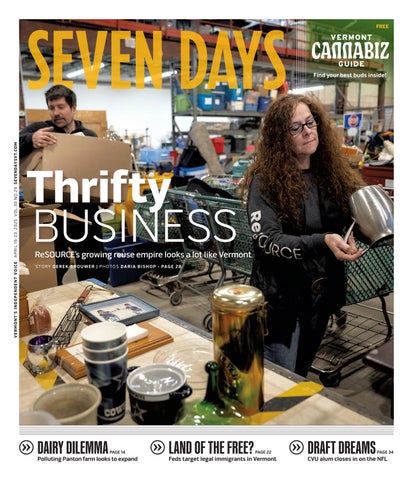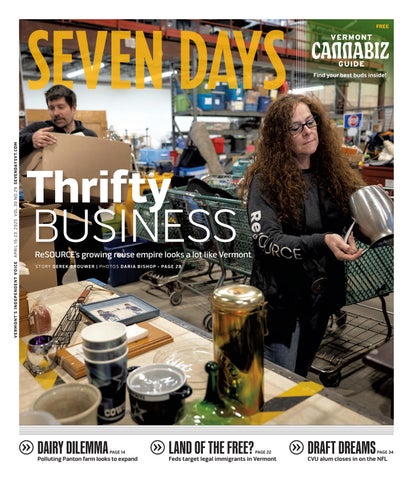
Cultivating Warmth: Decorating Your Farmhouse Kitchen with Foraged and Repurposed Treasures
Welcome, friends, to a journey into the heart of sustainable farmhouse style! At Better Homes and Harvests, we believe in creating spaces that are not only beautiful but also reflect our commitment to the earth and the beauty of simple living. This means embracing natural materials, honoring the past through repurposed finds, and creating a kitchen that feels as good as it looks. Today, we're diving deep into decorating your farmhouse kitchen with foraged and repurposed treasures, transforming it into a warm, inviting, and visually appealing haven.

Foraging for Decor: Bringing the Outdoors In
The magic of a truly sustainable farmhouse kitchen lies in its connection to nature. Foraging, done ethically and responsibly, allows you to bring the beauty of the outdoors inside. Before you begin, familiarize yourself with local regulations regarding foraging and ensure you have permission if you're on private land. Never take more than you need and always leave the environment as you found it, if not better.
Dried Flowers and Grasses: Fields and meadows offer a bounty of textures and colors. Look for wildflowers, pampas grass, wheat stalks, and seed heads. Harvest these on a dry day, ideally in the late morning after the dew has evaporated. To preserve them, bundle them together and hang them upside down in a cool, dark, and dry place for several weeks until completely dry. Once dried, spray them with hairspray to help prevent shedding and keep their color vibrant. Arrange them in vintage vases, mason jars, or create stunning wreaths to add a touch of rustic charm.
Branches and Twigs: Fallen branches can add a sculptural element to your kitchen decor. Look for interesting shapes and textures. Clean them thoroughly with a brush and soapy water. For larger branches, consider using them as decorative supports for shelves or as a unique pot rack. Smaller twigs can be bundled together to create small decorative accents, or used as natural napkin rings.
Pinecones: These are a classic foraged element, especially during the autumn and winter months. Gather fallen pinecones, ensuring they are free of insects. Bake them in a low oven (around 200°F) for about an hour to kill any remaining pests and open them up fully. Use them to fill bowls, create garlands, or even attach them to wreaths for a touch of seasonal cheer.
Reclaimed Wood: While not strictly "foraged," reclaimed wood embodies the spirit of using what nature provides. Source reclaimed wood from old barns, fences, or even construction sites (with permission, of course!). The weathered texture and unique character of reclaimed wood add instant rustic appeal to any kitchen.
When foraging, remember ethical considerations. Only take what you need and never deplete natural resources. Practice Leave No Trace principles and be mindful of wildlife habitats.
Repurposing and Upcycling: Giving New Life to Old Treasures
The farmhouse aesthetic celebrates the beauty of imperfection and the stories behind well-loved items. Repurposing and upcycling are key to creating a sustainable and unique kitchen space.
Old Jars as Storage Containers: Glass jars are incredibly versatile. Clean and sterilize old mason jars, pickle jars, or even coffee jars and use them to store pantry staples like flour, sugar, beans, and spices. Label them with handwritten tags or chalkboard stickers for a charmingly rustic look.
Reclaimed Wood Pallet Wall Art: Reclaimed wood pallets are a readily available source of rustic charm. Disassemble a pallet and use the individual planks to create a piece of wall art. You can paint them, stain them, or leave them in their natural weathered state. Use stencils to add a farmhouse-inspired quote or design.
Vintage Fabric Scraps for Kitchen Textiles: Old tablecloths, curtains, or even clothing can be transformed into charming kitchen textiles. Use fabric scraps to create dish towels, placemats, or even seat cushions for your kitchen chairs. The unique patterns and textures of vintage fabrics add a touch of nostalgia and personality to your space.
Project: Upcycled Cutting Board Herb Drying Rack
Here's a simple project to upcycle an old cutting board into a beautiful and functional herb drying rack:
Materials:
- Old wooden cutting board
- Drill
- Small metal hooks (cup hooks work well)
- Sandpaper (optional)
- Stain or paint (optional)
Instructions:
- Prepare the Cutting Board: If desired, lightly sand the cutting board to smooth any rough edges. You can also stain or paint it to match your kitchen decor.
- Drill Pilot Holes: Mark the desired locations for your hooks along the bottom edge of the cutting board. Drill small pilot holes to make it easier to insert the hooks.
- Insert Hooks: Screw the metal hooks into the pilot holes.
- Hang and Enjoy: Hang your upcycled herb drying rack on a wall or from the ceiling using twine or rope. Hang bundles of fresh herbs from the hooks to dry.
This project is not only practical but also adds a touch of rustic charm to your farmhouse kitchen.
Creating a Warm and Inviting Atmosphere: The Heart of the Home
A farmhouse kitchen should feel warm, inviting, and like the heart of the home. Lighting and texture play crucial roles in creating this atmosphere.
Lighting Choices: Opt for warm, soft lighting to create a cozy ambiance. String lights draped around shelves or windowsills add a whimsical touch. Lanterns, both electric and candle-lit, provide a warm and inviting glow. Consider strategically placing candles on countertops or tables to create a relaxing atmosphere.
Texture and Layering: Texture is essential for creating visual interest and depth in a farmhouse kitchen. Combine rough textures like reclaimed wood and woven baskets with smoother textures like painted cabinets and glass jars. Layer textiles like linen dish towels, woven rugs, and quilted potholders to add warmth and character.
Earthy Tones: Embrace a color palette of earthy tones like browns, creams, muted greens, and terracotta. These colors create a sense of calm and connection to nature. Incorporate pops of color with fresh produce, colorful pottery, or vintage linens.
Conclusion: Embracing the Beauty of the Natural and Repurposed
Creating a sustainable farmhouse kitchen is about more than just following a trend. It's about embracing a lifestyle that values simplicity, sustainability, and the beauty of the natural world. By foraging for decor, repurposing old treasures, and creating a warm and inviting atmosphere, you can transform your kitchen into a space that reflects your values and nourishes your soul.
We encourage you to experiment with these ideas and share your own creative projects using the hashtag #BHHNaturalKitchen. We can't wait to see what you create!